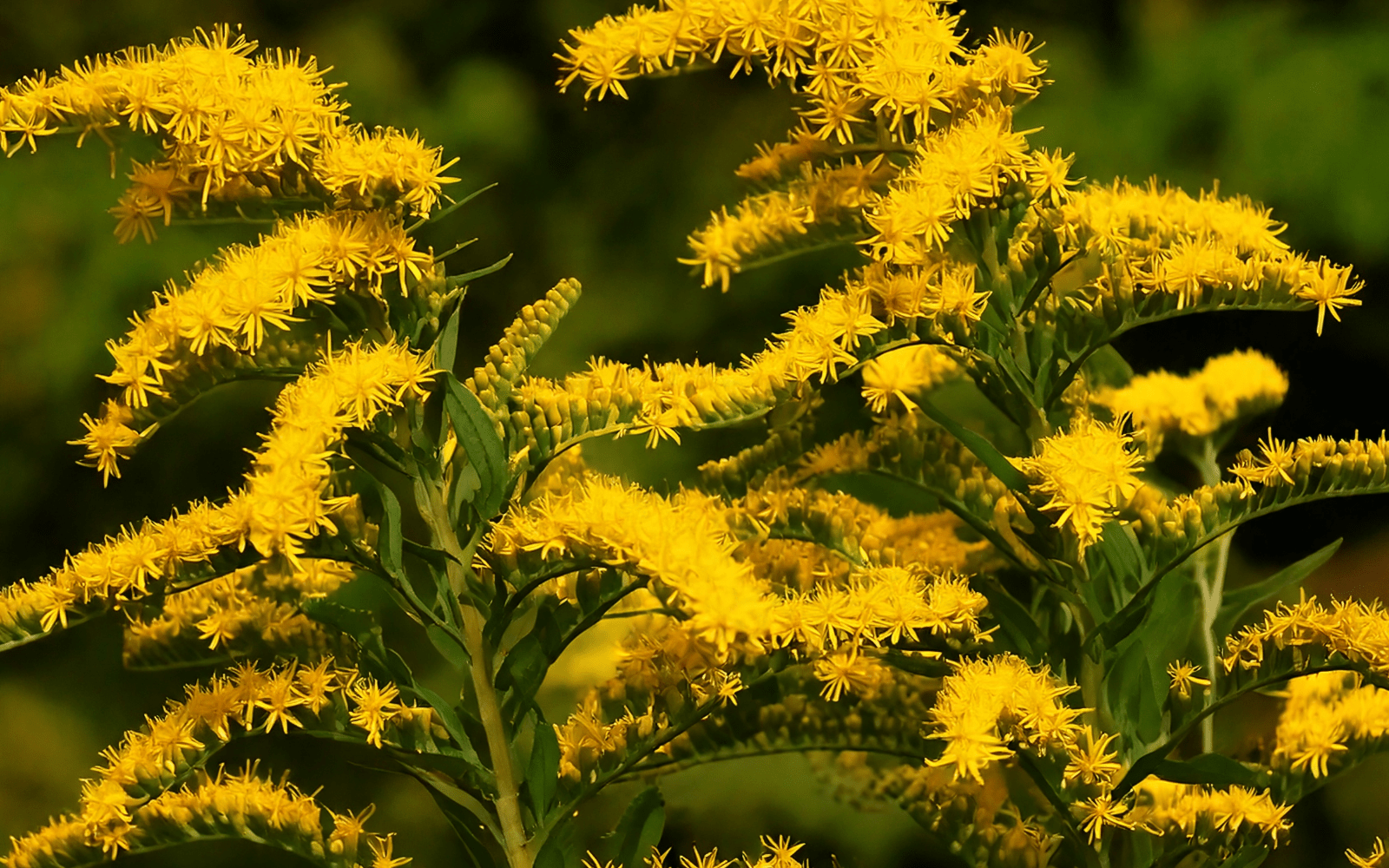
Goldenrod: Discover Canada's Natural Treasure
Goldenrod, with its vibrant golden plumes lighting up Canadian meadows and roadsides, is more than just a pretty wildflower. It's a natural treasure, a source of traditional wellness, and a symbol of Canada's rich boreal flora. Let's explore this fascinating plant, from its origins to its many uses and benefits.
All About Goldenrod
What is Goldenrod?Goldenrod (Solidago canadensis), also known as Canadian Goldenrod or Common Goldenrod, is a perennial herbaceous plant belonging to the Asteraceae family (also known as Compositae). Its name comes from the brilliant golden-yellow flowers that brighten up the landscape in late summer and fall.
What Does Goldenrod Taste Like?
The taste of goldenrod is surprisingly subtle and refined. Its leaves and flowers offer a slightly bitter flavour, enhanced by aromatic notes of honey and sweet spices. Some people detect hints of anise or camphor, reminiscent of the Canadian boreal forest. As a herbal tea, goldenrod boasts a beautiful golden colour and a mild, floral, and herbaceous taste, with delicate accents of honey and wildflowers. Slightly spicy, it offers a harmonious flavour that recalls the freshness of a Canadian summer.
Botanical Name and Synonyms
The scientific name for goldenrod is Solidago canadensis. The term "Solidago" comes from the Latin word "solidare," meaning "to make whole" or "to heal," referring to its medicinal properties. The epithet "canadensis" indicates that this species is native to Canada. Other common names include "goldenrod" (literally "golden rod"), "woundwort," and "herbe des Juifs" (French). Synonyms include Aster canadensis and Doria canadensis.
Goldenrod's Characteristics and Habitat
What Does Goldenrod Look Like?
Goldenrod is a perennial herbaceous plant that can grow up to 2.5 meters tall. It is characterized by its erect and sturdy stem, alternate, lance-shaped and toothed leaves, and golden flowers arranged in dense clusters, forming long plumes. Solidago canadensis has an upright or erect form. It blooms from August to October, and its seeds mature from September to October.
What Are the Key Features of Goldenrod?
Goldenrod leaves are alternate, lance-shaped, and toothed, measuring 5 to 15 cm long. Its flowers, small and numerous, are grouped in dense clusters, forming long golden plumes. Its fruits are small achenes topped with a silky pappus, facilitating their dispersal by wind.
What Colours Does Goldenrod Display?
Goldenrod is distinguished by its bright yellow colour, which illuminates fields and meadows. Its flowers, an intense golden yellow, contrast with the dark green of its leaves, creating an enchanting sight.
Where Does Goldenrod Grow?
Goldenrod grows mainly in meadows, fields, roadsides, and disturbed areas. It prefers well-drained and sunny soils. It is frequently found in North America, from Newfoundland to Ontario, as well as in Europe and Asia, where it grows in temperate regions, particularly in ditches and wastelands. Solidago canadensis thrives in dry to moist thickets, along roadsides, on slopes, and in clearings, avoiding acidic soils.
Harvesting Goldenrod Sustainably
How to Harvest Goldenrod in Canada?
The flowering tops of goldenrod are primarily harvested, meaning the flowers and leaves located at the ends of the stems. It is essential not to take more than one-third of the flowers from a plant to avoid harming its reproduction. It is also recommended to harvest only the necessary amount to preserve this valuable plant. For responsible goldenrod harvesting, choose pristine areas, away from sources of pollution, and be sure to properly identify the plant before harvesting.
When Is the Best Time to Harvest Goldenrod?
The ideal time to harvest goldenrod is between late summer and early fall, when the flowers are at their peak. This is when the plant is richest in active ingredients. Depending on your location, August is usually a good month to harvest goldenrod in Canada.
What Tools Should I Use to Harvest Goldenrod?
To harvest goldenrod, use clean and sharp pruning shears or scissors. It is also advisable to wear gloves to prevent skin irritation, as well as long sleeves and pants for better protection during harvesting.
Processing and Storing Goldenrod
What Can Affect the Quality of Goldenrod?
The quality of fresh goldenrod can be affected by several factors, such as soil quality, sun exposure, harvest time, and drying and storage methods. It is recommended to harvest goldenrod on dry, sunny days, when the flowers are fully open. Humidity, heat, light, and oxygen can all degrade its properties.
How to Dry Goldenrod?
Here's how to dry goldenrod, step by step:
-
Harvesting the flowers: Wait until the goldenrod heads are fully open, usually in late summer.
-
Drying method:
-
Spread on a rack: Arrange the flowers evenly on a wooden or metal rack.
-
Hanging in bouquets: Form small bouquets by tying the stems together and suspending them, making sure the stems do not touch.
-
-
Drying location: Choose a dry, well-ventilated place away from direct sunlight. Make sure the ambient temperature is moderate, around 20-25°C.
-
Drying time: Drying can take from a few days to a few weeks, depending on the humidity, ventilation, and temperature of the environment.
-
Checking for readiness: Goldenrod is ready when the flowers become brittle to the touch and the heads easily detach from the stems. Avoid piling the flowers to ensure good air circulation and prevent mold.
How to Store Goldenrod?
For optimal preservation, dried goldenrod should be completely dehydrated and stored in an airtight container, away from light, heat and moisture. A cool, dry place is ideal for preserving its properties. A Mason jar or a glass or metal container with an airtight seal, limiting air exchange, are perfect. It can also be frozen in an airtight bag for extended storage.
How Long Does Goldenrod Last?
Dried goldenrod can retain its quality for several years if stored under optimal conditions. However, to fully benefit from their flavor and benefits, it's recommended to use it within 36 months of harvest. Beyond this period, it may lose some of its flavour and medicinal properties.
Traditional and Historical Medicinal Uses of Goldenrod
How Was Goldenrod Used in the Past?
For centuries, Indigenous peoples of North America have used goldenrod to treat various conditions, such as urinary tract infections, skin problems, sore throats, and digestive disorders. It was also used as a dye for textiles and baskets. Native to North America, this plant was introduced to Europe in the 17th century, where it quickly naturalized, invading meadows and wastelands. Its Latin name, Solidago, which means "to make whole" or "to consolidate," reflects its reputation as a medicinal plant. Today, goldenrod is recognized in natural medicine as a valuable ally for health.
Religious or Spiritual Use of Goldenrod
In some Indigenous cultures, goldenrod was considered a sacred plant, a symbol of healing, protection, and prosperity. It was used in ritual ceremonies to purify places and people, as well as to promote communication with nature spirits.
Cultural Importance of Goldenrod
Goldenrod occupies an important place in the cultural heritage of many regions in North America and Europe. It is often represented in the arts, literature, and popular traditions, symbolizing the beauty and richness of nature.
Goldenrod's Health Benefits
What Are the Properties of Goldenrod?
-
Urinary infections and kidney problems: Traditionally used to treat urinary tract infections, kidney stones, and prostate inflammation.
-
Incontinence: Helps strengthen urinary tone.
-
Healing properties: Promotes the healing of wounds and burns.
-
Cardiovascular system and metabolism: May have beneficial effects according to recent studies.
-
Medicinal virtues: Diuretic, anti-inflammatory, antiseptic, and healing.
-
Joint pain and skin conditions: Relieves pain and helps treat certain skin diseases.
-
Hemostatic and styptic properties: Solidago canadensis helps stop bleeding.
-
Benefits of flowers: Analgesic, astringent, and febrifuge.
-
Treatment of sore throats: Chewed flowers release a juice that soothes irritation.
Goldenrod for Wellness
Thanks to its relaxing and soothing properties, goldenrod can also contribute to emotional well-being. Its delicate scent promotes relaxation, while its active compounds help reduce stress and anxiety. In aromatherapy, its soothing and comforting scent makes it a valuable ally for wellness.
Goldenrod for the Urinary System
Goldenrod is particularly effective in treating urinary tract infections, such as cystitis and urethritis. It helps eliminate bacteria and toxins, while soothing inflammation and pain. It can also be used to prevent kidney stones and incontinence.
Goldenrod for the Skin
Thanks to its anti-inflammatory and healing properties, goldenrod is beneficial for treating skin problems, such as eczema, wounds, burns, insect bites, and acne. It helps soothe inflammation, promote healing, and prevent infection.
Goldenrod for the Respiratory Tract
Goldenrod can also be used to relieve respiratory ailments, such as coughs, colds, sinusitis, and bronchitis. It helps clear the airways, soothe inflammation, and strengthen immune defences.
What Are the Properties of Goldenrod Essential Oil?
Goldenrod essential oil contains all the benefits of the plant. It is known for its anti-inflammatory, antispasmodic, and relaxing properties. It helps relieve muscle pain, spasms, and stress.
Quality and Environmental Responsibility
How to Choose Quality Goldenrod?
To choose quality goldenrod, it's important to favour products from organic farming or responsible wild harvesting. Also check the appearance, smell, and colour of the flowers, which should be intact, fragrant, and bright yellow.
Why Choose Environmentally Friendly Goldenrod?
By choosing environmentally friendly goldenrod, you contribute to preserving biodiversity and supporting sustainable agricultural practices. You also encourage local producers, who are committed to respecting nature and offering you quality products that are authentic and flavourful.
Consuming and Using Goldenrod
Goldenrod Tea
Goldenrod tea is a comforting and beneficial drink, ideal for soothing urinary problems, detoxifying the body, and strengthening the immune system.
How to Make Goldenrod Tea?
To prepare goldenrod tea, follow these steps:
-
Ingredients: Gather about 1 to 2 teaspoons of dried goldenrod flowers.
-
Heat the water: Heat about 250 ml of water (one cup) to an ideal temperature between 85 and 90 degrees Celsius.
-
Prepare the infusion: Place the dried goldenrod in a cup or teapot.
-
Pour in the hot water: Pour the hot water over the goldenrod.
-
Infuse: Let steep for 10 to 15 minutes. The longer the infusion, the more pronounced the taste.
-
Filter: After infusion, filter the herbs to obtain a clear tea.
-
Adjust (optional): Adjust the amount of flowers or the infusion time to your liking for a stronger or weaker infusion.
This tea can be consumed as is or sweetened with honey to soften its slightly herbaceous taste and touch of bitterness.
Goldenrod in the Kitchen
What Were the Culinary Uses of Goldenrod?
Although less common, goldenrod was sometimes used in cooking, particularly to flavour soups, salads, and drinks. Its young leaves can be eaten raw or cooked, while its flowers add a decorative and flavourful touch to dishes.
Can You Eat Goldenrod?
Yes, some parts of goldenrod are edible. The young leaves and flowers can be added to salads, soups, omelettes, eaten raw or cooked, or used as a garnish. Although less common in cooking, goldenrod can also be used to flavour both savoury and sweet dishes. The flowers add a decorative touch and a unique flavour.
Goldenrod in Homemade Body Products
Goldenrod can be used to prepare homemade body care products, such as creams, lotions, masks, or massage oils. Prized in herbalism for making mother tinctures, it helps soothe the skin, promote healing, and prevent infections.
Recipes and Practical Tips
Recipe Ideas with Goldenrod
-
Fresh Goldenrod Salad: Mix young goldenrod leaves with other greens, dried fruit, and a light vinaigrette.
-
Goldenrod Massage Oil: Macerate goldenrod flowers in vegetable oil for several weeks, then filter.
-
Homemade Syrups: Prepare a goldenrod syrup to naturally sweeten your drinks or soothe your throat.
-
Jams: Add goldenrod to your homemade jams for a floral and aromatic touch.
-
Natural Thickener: Use goldenrod seeds to thicken your soups and broths naturally.
How Much Goldenrod Should I Consume?
It is important to consume it in moderation and make sure it comes from a reliable source. It is important not to exceed a large amount, as goldenrod can cause adverse effects in some people. Before any use, it is always advisable to consult a healthcare professional.
Precautions
It is important to be cautious and seek the advice of a healthcare professional before any use.
When Should I Consume Goldenrod?
Goldenrod can be consumed at any time of the day, but it is best to take it between meals, so as not to interfere with digestion. It can also be used as a course of several weeks to reinforce its beneficial effects.
Warnings
Goldenrod is generally considered a safe plant, but it can cause adverse effects in some people, such as allergies, digestive disorders, or drug interactions. Solidago canadensis has a low potential for sensitization. Irrigation therapy is contraindicated in cases of edema due to renal or heart disease. Precautions are necessary in cases of chronic kidney disease.
At-Risk Populations and Goldenrod
Goldenrod is not recommended for pregnant or breastfeeding women, as well as children under 5 years of age. It is also contraindicated in people with kidney or heart failure, as well as those allergic to plants in the Asteraceae family. If you are taking medication, it is recommended to validate its use with a doctor.
Conclusion: Goldenrod, an Elixir of Wellness to Embrace
Goldenrod, a medicinal plant with multiple benefits, relieves urinary disorders, skin problems, and respiratory ailments. Versatile, it also lends itself to cooking and cosmetics, to flavour your dishes or create homemade treatments. A true natural treasure to embrace.
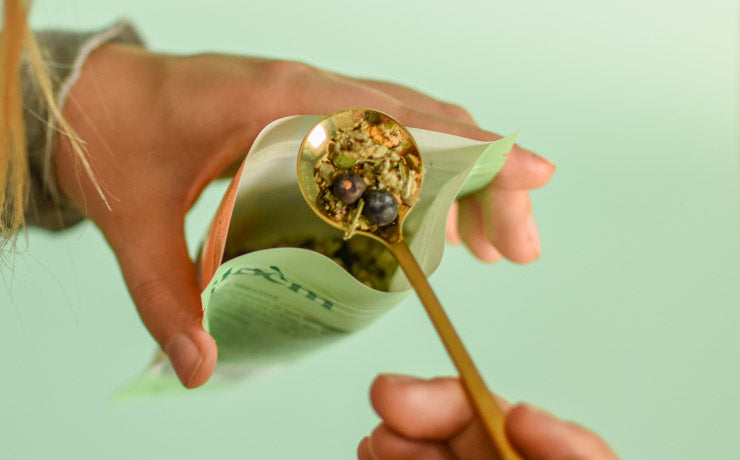
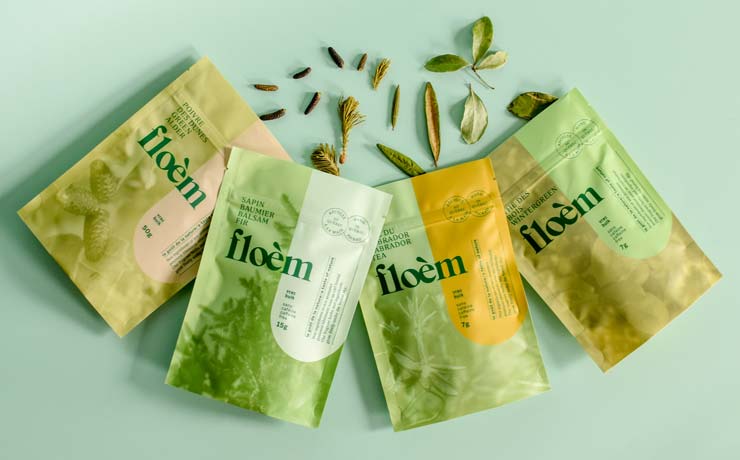
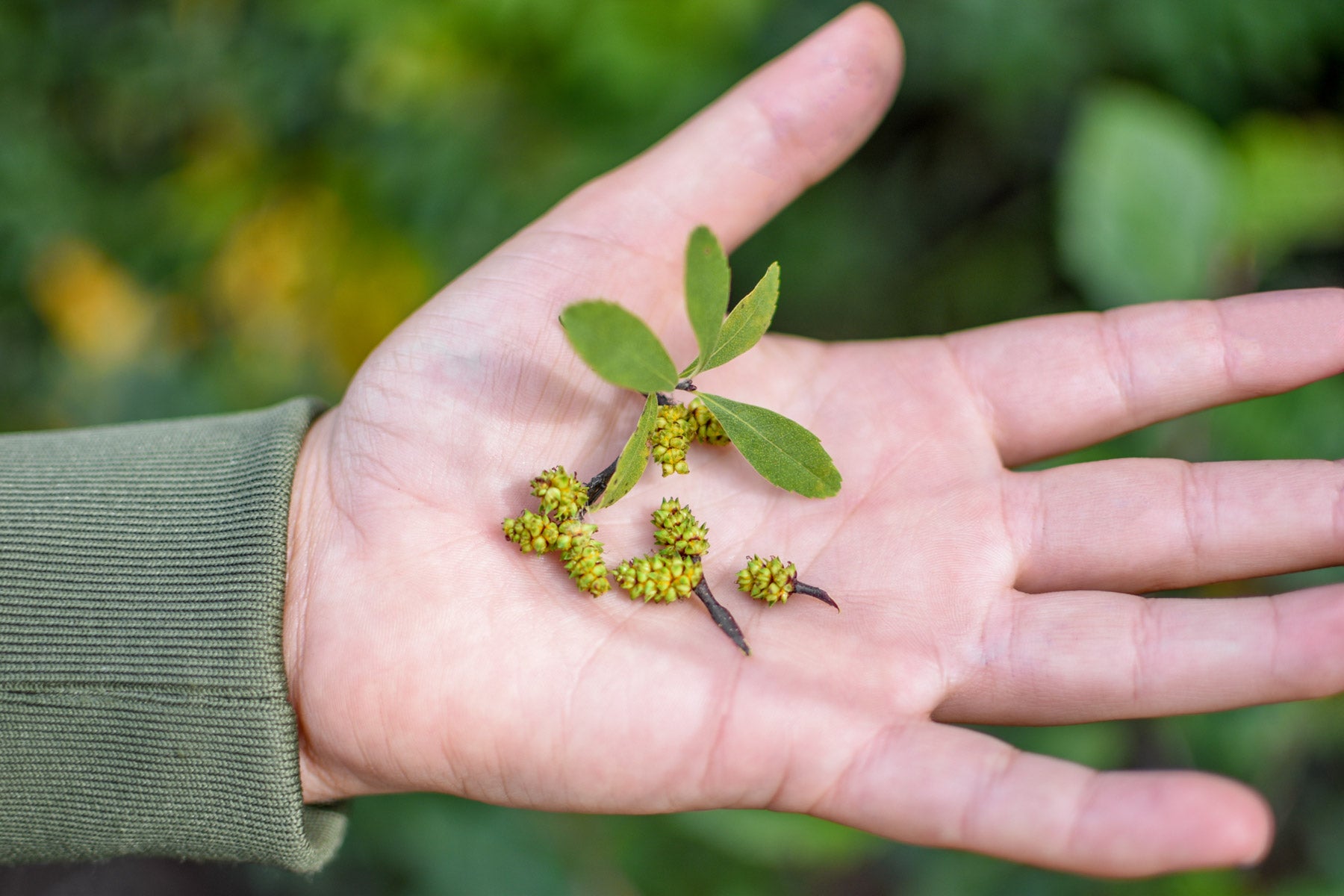









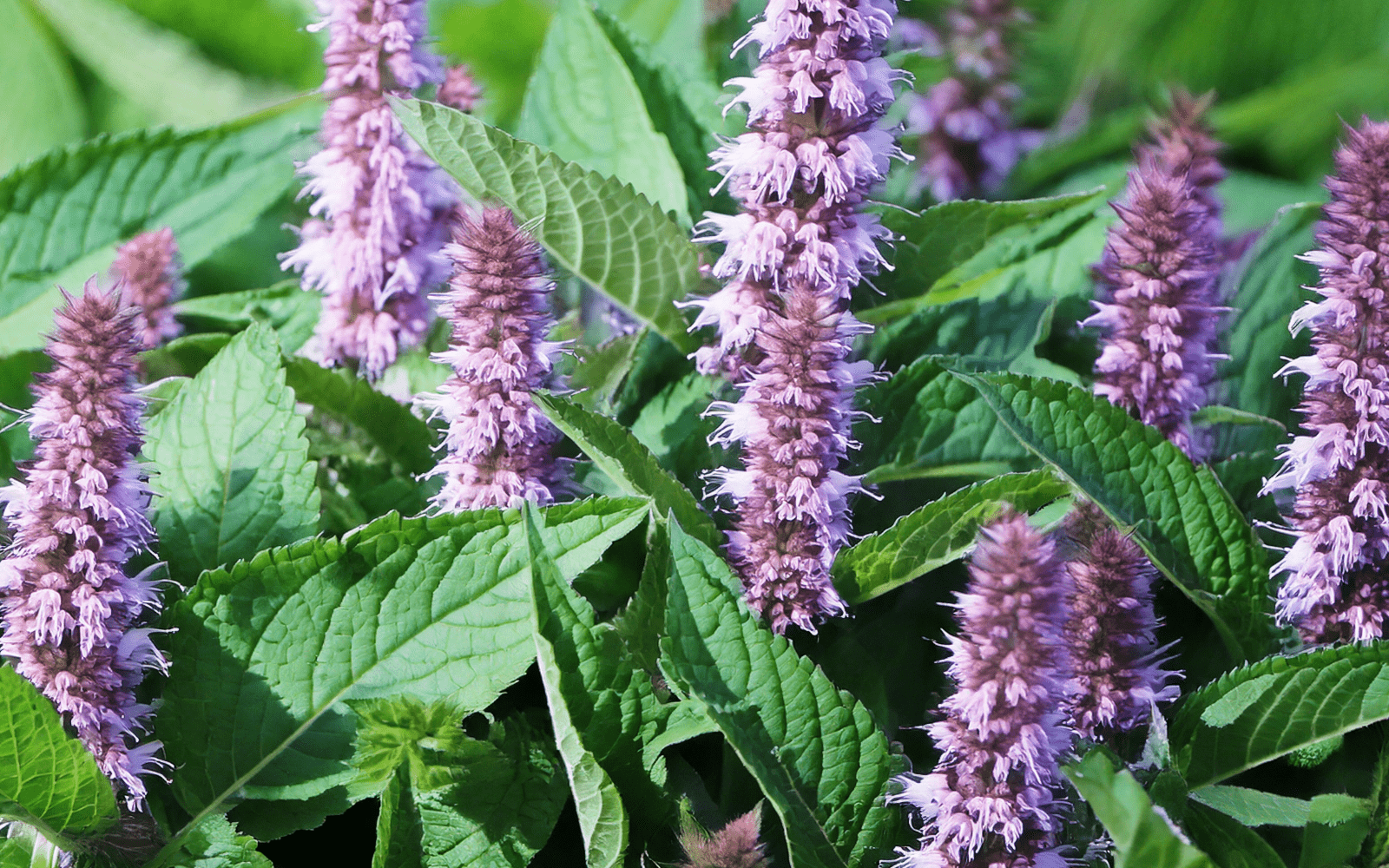
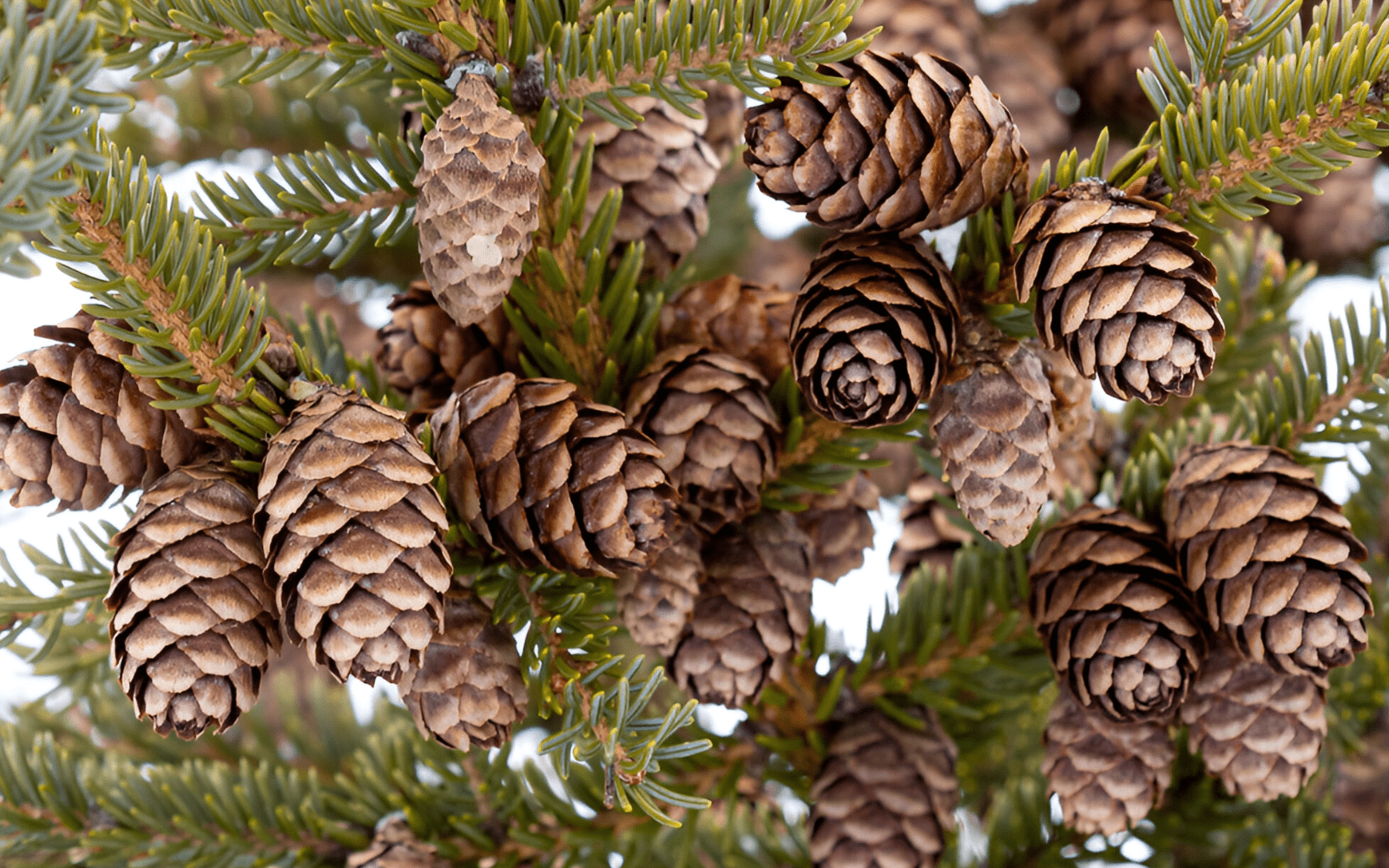
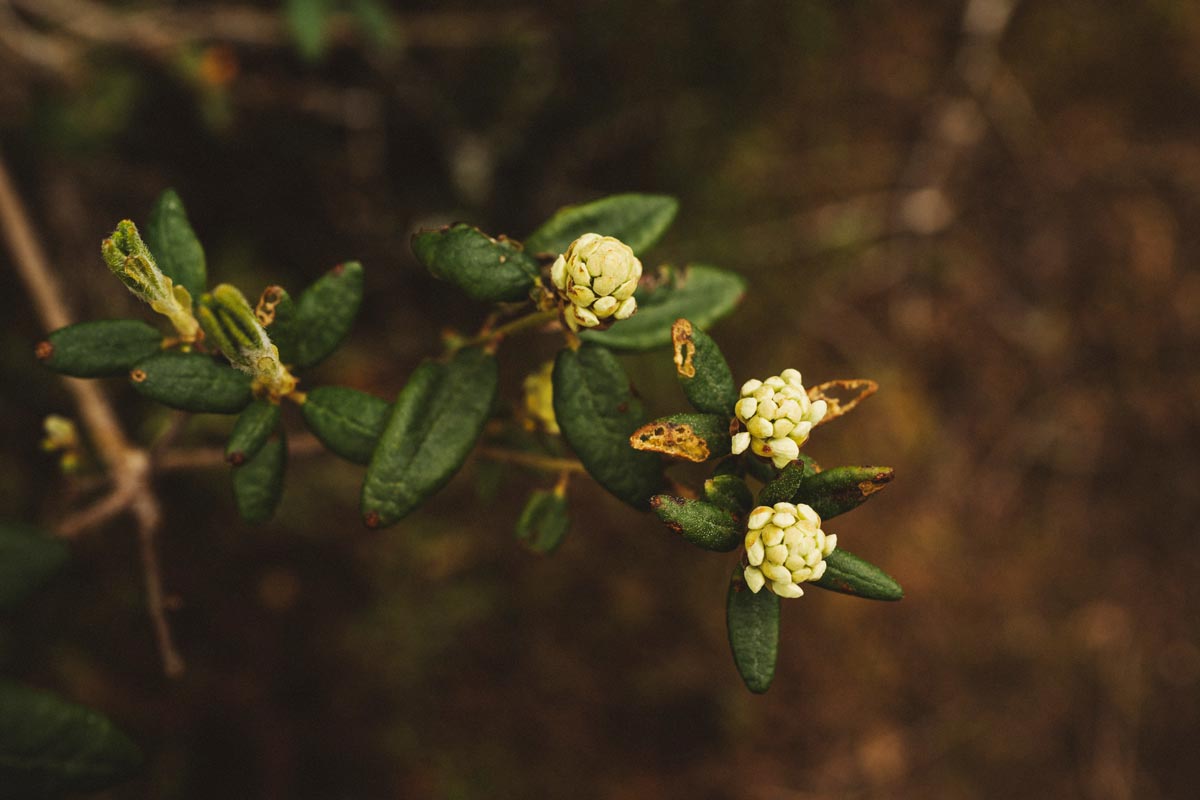
Leave a comment
This site is protected by hCaptcha and the hCaptcha Privacy Policy and Terms of Service apply.